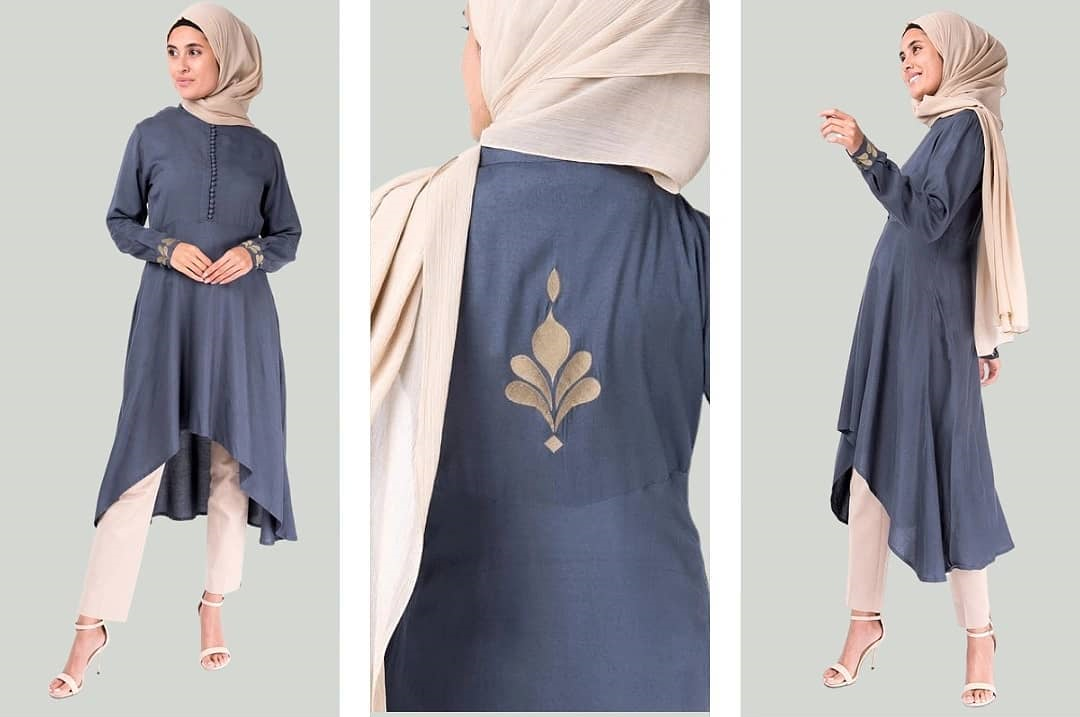Your Cart is Empty
My first prayer mat - and it's much more comfortable than the towel I was using!! The only thing that slightly bothers me is that the design is just barely not centered, and it drives me a little nuts to look at it every day, but otherwise, it's a huge upgrade for me. Thank you!
Alhumduillah my abayas were perfect size and lovely colour I enjoyed jazakallah khair
It was way to light almost blue. Not the same as the picture at all.
I was expecting something more olive-toned based on the picture. Instead it was much brighter and not flattering.

